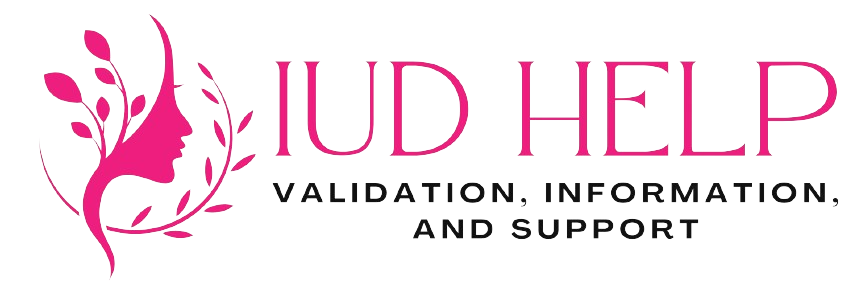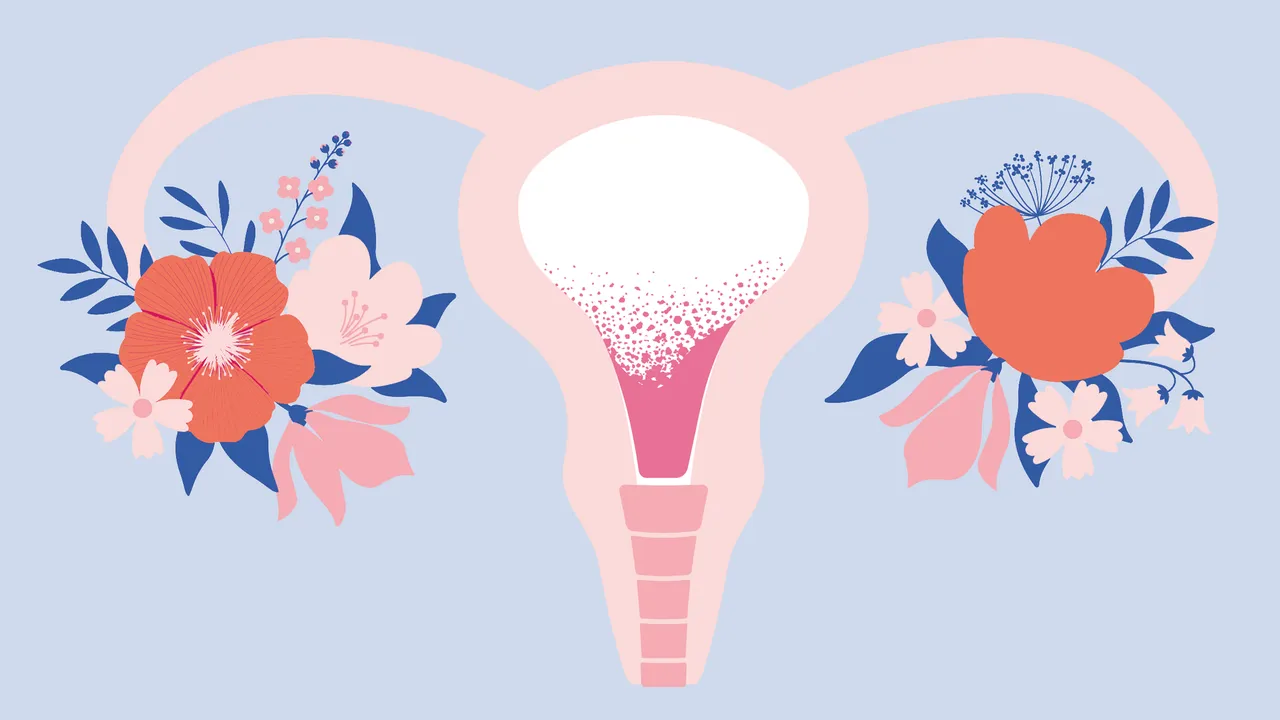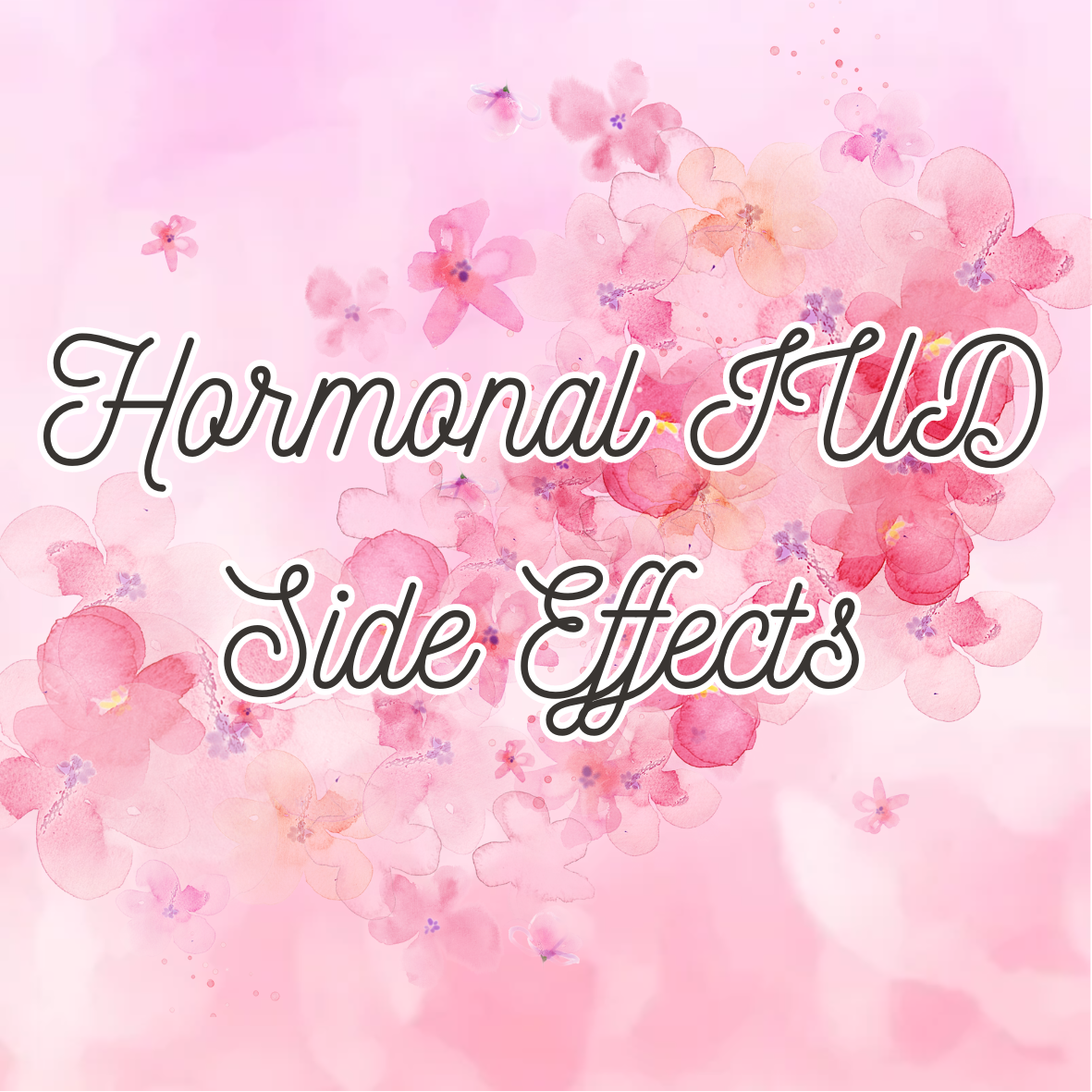Understanding Estrogen Dominance: Causes, Symptoms, and Management
Understanding Estrogen Dominance: What It Is and How It Affects You
Estrogen dominance is a condition where the levels of estrogen in the body are disproportionately high compared to other hormones, especially progesterone. This hormonal imbalance can lead to various health issues and symptoms that affect both men and women. Understanding what estrogen dominance is and how it affects your body can help you take steps to manage and improve your overall health.
What is Estrogen?
Estrogen is a group of hormones that play a crucial role in the development and functioning of both female and male bodies. In women, estrogen is primarily produced in the ovaries and is responsible for regulating the menstrual cycle, reproductive system, and secondary sexual characteristics such as breast development. In men, estrogen is produced in smaller amounts by the testes and adrenal glands, and it is important for modulating libido, erectile function, and spermatogenesis.
Causes of Estrogen Dominance
Several factors can lead to estrogen dominance, including:
- Hormonal Imbalance: An imbalance between estrogen and progesterone is the primary cause. This can be due to excessive estrogen production or insufficient progesterone production. Importantly, it’s worth noting that estrogen dominance can occur even with low levels of both estrogen and progesterone, as the imbalance or ratio between the two hormones is what defines the condition.
- Birth Control, Especially IUDs: Both hormonal and copper IUDs can lead to estrogen dominance by affecting hormone balance and estrogen levels in the body.
- Environmental Estrogens: Also known as xenoestrogens, these are synthetic compounds found in pesticides, plastics, and personal care products that can mimic estrogen in the body.
- Diet: A diet high in processed foods and low in fiber can disrupt the body’s natural hormone balance.
- Stress: Chronic stress can lead to increased production of cortisol, which can interfere with hormone balance.
- Body Fat: Fat tissue produces estrogen, so higher body fat percentages can contribute to higher estrogen levels.
- Medications: Certain medications, such as hormone replacement therapy (HRT) and birth control pills, can affect estrogen levels.
How IUDs Cause Estrogen Dominance
Hormonal IUDs
Many IUDs, particularly hormonal ones like those releasing levonorgestrel, work by releasing a synthetic form of progesterone called progestin. This progestin influences your body’s natural hormone balance by causing your body to rely on the external source of progestin and reducing its production of natural progesterone.
Hormonal Imbalance: High Progestin, Low Natural Progesterone, and High or Unchanged Estrogen
When natural progesterone levels drop because your body relies on the progestin from the IUD, it can lead to estrogen dominance. This means that you can have high levels of progestin, low levels of natural progesterone, and high or unchanged levels of estrogen. The imbalance occurs because the relative drop in natural progesterone creates a situation where estrogen’s effects are more pronounced, even if estrogen levels have not increased.
Copper IUDs
Copper IUDs influence your body’s hormone balance by interacting with estrogen. The copper IUD increases copper levels in the body, which get stored in tissues. This increased ‘unbound’ copper can elevate estrogen levels.
Hormonal Imbalance: Copper Toxicity and Estrogen
Excess copper from the IUD can lead to copper toxicity, causing the body to hold onto estrogen and preventing its detoxification. This creates a vicious cycle: elevated copper levels increase estrogen, and the body retains more copper due to excess estrogen. This results in estrogen dominance, which can exacerbate symptoms associated with copper IUDs, such as mood swings, weight gain, and menstrual irregularities.
Symptoms of Estrogen Dominance
Estrogen dominance can manifest through a wide range of symptoms, many of which can be mistaken for other conditions. Some common symptoms include:
- Irregular Menstrual Cycles: Menstrual cycles that are shorter or longer than usual, heavy periods, or spotting between periods.
- Weight Gain: Especially around the abdomen, hips, and thighs.
- Bloating: Feeling of fullness or swelling in the abdomen.
- Mood Swings: Emotional instability, irritability, and anxiety.
- Breast Tenderness: Swollen, tender, or painful breasts.
- Fibrocystic Breasts: Lumpy or dense breast tissue.
- Headaches or Migraines: Frequent headaches or migraines.
- Fatigue: Persistent tiredness and low energy levels.
- Water Retention: Swelling in extremities, such as hands and feet.
- PMS Symptoms: Premenstrual syndrome symptoms like mood changes, bloating, and cramping.
- Decreased Libido: Reduced interest in sexual activity.
- Hair Loss: Thinning hair or increased hair shedding.
- Memory Problems: Difficulty with concentration and memory.
- Sleep Disturbances: Insomnia or poor sleep quality.
- Thyroid Dysfunction: Symptoms like weight gain, fatigue, and depression related to thyroid issues.
- Cold Hands and Feet: Poor circulation leading to cold extremities.
- Mood Swings, Anxiety, or Depression: Increased feelings of anxiety or depression.
- Uterine Fibroids: Noncancerous growths in the uterus that can cause heavy bleeding and pain.
- Endometriosis: Painful condition where tissue similar to the lining inside the uterus grows outside it.
- Gallbladder Issues: Increased risk of gallbladder disease or gallstones.
- Nausea: Feeling of sickness or queasiness, especially around the time of menstruation.
- Infertility: Difficulty in conceiving or maintaining a pregnancy.
- Painful Periods: Severe menstrual cramps and discomfort during menstruation.
- Night Sweats: Episodes of excessive sweating during the night.
- Hot Flashes: Sudden feelings of warmth, usually most intense over the face, neck, and chest.
- Skin Changes: Dry skin, acne, increased oiliness, and accelerated aging.
- Cognitive Issues: Problems with memory, focus, and clarity of thought.
- Irritability: Increased feelings of frustration or anger.
- Digestive Issues: Bloating, gas, and changes in bowel habits such as constipation or diarrhea.
For a more comprehensive list of estrogen-dominant symptoms click here.
Health Risks Associated with Estrogen Dominance
If left unaddressed, estrogen dominance can increase the risk of several serious health conditions, including:
- Breast Cancer: Elevated estrogen levels have been linked to an increased risk of developing breast cancer.
- Uterine Cancer: High estrogen levels can stimulate the lining of the uterus, increasing the risk of endometrial cancer.
- Cardiovascular Disease: Estrogen dominance may contribute to an increased risk of cardiovascular disease, including heart disease and stroke.
- Ovarian Cysts: Hormonal imbalances can contribute to the development of ovarian cysts.
- Fibroids: These noncancerous growths in the uterus can be influenced by high levels of estrogen.
- Endometriosis: Excess estrogen can lead to the growth of endometrial tissue outside the uterus, causing pain and infertility.
- Thyroid Dysfunction: Imbalances in estrogen levels can affect thyroid function, potentially leading to conditions such as hypothyroidism or hyperthyroidism.
Managing and Treating Estrogen Dominance
Managing estrogen dominance involves making lifestyle changes and, in some cases, medical interventions to restore hormonal balance. Here are some strategies to consider:
- Dietary Changes:
- Increase Fiber Intake: A diet high in fiber helps the body eliminate excess estrogen.
- Eat Cruciferous Vegetables: Vegetables like broccoli, cauliflower, and Brussels sprouts contain compounds that support estrogen metabolism.
- Limit Processed Foods and Sugars: Reducing intake of processed foods and sugars can help stabilize hormone levels.
- Love Your Liver:
- Your liver is responsible for deactivating and eliminating estrogen from the body. To support its function:
- Consume high-quality protein sources.
- Take a B complex supplement to support liver health.
- Aim to eat a minimum of 3 cups of cruciferous vegetables weekly.
- If you have an MTHFR defect, support methylation to optimize liver function.
- Your liver is responsible for deactivating and eliminating estrogen from the body. To support its function:
- Fix Your Gut:
- Once the liver processes estrogen for elimination, it’s up to your gut to move it out. Addressing digestive issues is crucial for optimal hormonal health:
- Eat fiber-rich foods to support regular bowel movements and eliminate waste, including excess estrogen.
- Once the liver processes estrogen for elimination, it’s up to your gut to move it out. Addressing digestive issues is crucial for optimal hormonal health:
- Stress Management:
- Elevated cortisol levels can disrupt hormone balance, so it’s essential to manage stress:
- Practice stress-reducing techniques such as yoga, meditation, and deep breathing exercises to lower cortisol levels.
- Elevated cortisol levels can disrupt hormone balance, so it’s essential to manage stress:
- Sleep Quality:
- Adequate sleep is crucial for hormonal balance:
- Aim for at least seven hours of sleep per night to support optimal hormone function.
- Consider wearing light-blocking glasses 1-2 hours before bed to improve sleep quality and hormone regulation.
- Adequate sleep is crucial for hormonal balance:
- Reduce Exposure to Xenoestrogens:
- Limiting exposure to synthetic estrogens can help prevent hormone disruption:
- Use natural personal care products and avoid plastics with BPA to reduce exposure to xenoestrogens.
- Limiting exposure to synthetic estrogens can help prevent hormone disruption:
- Consider Supplements:
- In addition to dietary changes, certain supplements can support hormone metabolism and balance:
- DIM (Diindolylmethane): Found in cruciferous vegetables, DIM can support healthy estrogen metabolism.
- Calcium-D-Glucarate: This supplement can help the body eliminate excess estrogen.
- Probiotics: A healthy gut flora is essential for proper hormone metabolism.
- In addition to dietary changes, certain supplements can support hormone metabolism and balance:
- Hormone Therapy:
- In some cases, your healthcare provider may recommend bioidentical hormone therapy to balance estrogen and progesterone levels.
By incorporating these strategies into your lifestyle, you can effectively manage and treat estrogen dominance, supporting overall hormonal health and well-being.
When to See a Doctor
Seeking guidance from a healthcare professional, particularly a naturopath with expertise in women’s hormones, is crucial if you suspect you have estrogen dominance. They can conduct tests, including a DUTCH test, to assess your hormone levels accurately and devise a personalized treatment plan. Ignoring symptoms of estrogen dominance can lead to more severe health complications, making early intervention essential.
Estrogen Dominance Symptoms: A Comprehensive List
Emotional and Psychological Symptoms
Anxiety and Mood Disorders
- Internally anxious outwardly calm
- Easily upset, quick to cry
- Depression
- Anxiety
- Panic attacks or panicky feelings
- Sense of confusion
- Feelings of unreality
- Irrational fears
- Agitation/irritability
- Fatigue
- Claustrophobia
- Lethargy
- Manic behavior
- Paranoia
- Seasonal affective disorder (SAD)
- Stress upsets emotional balance
- Mood swings
- Quick reaction or over-reaction to alcohol
- Feelings of tension
- Nervousness
Low Self-Esteem and Negative Self-Perception
- Feelings of loneliness
- Feelings of uselessness
- Lack of self-confidence and esteem
- Feelings of insecurity
- Internally upset by criticism
- Feelings of guilt
- Feelings of resentment
- Suicidal thoughts or attempts
- Apathy
Behavioral Changes
- Frequent complaining
- Endless crying
- Histrionic/hysterical behavior
- Self-mutilation
- Verbal and physical violence
- Hair pulling
- Hallucinations
- Temporary psychosis
- Obsessions
- Procrastination
- Personality changes
- Quick-tempered
- Rage
- Feelings of aggression
- Maltreatment of newborn baby
- Harmful, violent thoughts
Physical Symptoms
Bleeding and Menstrual Irregularities
- Erratic menstrual cycle
- Excessive menstrual flow
- Lack of menstrual periods
- Irregular menstrual flow
- Period pains and/or ovulation cramps
Skin, Hair, and Nail Issues
- Early aging of skin
- Follicular keratosis (goose bumps on backs of arms & legs)
- Acne
- Excessive facial hair on women
- Excessive body hair on women
- Hair loss from head (women)
- Brown patches on cheeks/melasma
- Brown spots on backs of hands
- Dry skin
- Cracked heels
- Psoriasis
- Itching skin
- Dark rings under the eyes
- Flaking, brittle, and weak nails
- Cracked heels
Circulatory and Cardiovascular Issues
- Night sweats
- Hot flashes/flushes
- Cold hands and feet
- Varicose veins
- Bruising and capillary breakage/spider veins
- Blood clots
- Low blood pressure
- Palpitations
Physical Symptoms (Con’t)
Hormonal and Reproductive Issues
- Ovarian cysts
- Fibrocystic breasts
- Cystic breasts
- Defective luteal phase
- Fibroids
- Polycystic ovarian syndrome (PCOS)
- Endometriosis
- Miscarriage
- Infertility
- Low libido
- Loss of libido
- Vaginal thinning, dryness, and itching
- Premenstrual breast tenderness
- Breast tenderness and/or mastitis
- Engorged/swollen breasts
- Thyroid distruptions
- PMS Symptoms
- Nausea
- Pre-eclampsia
- Nausea during pregnancy
Musculoskeletal Issues
- Bone loss & pain in joints
- Osteoporosis
- Early aging of skin
Urinary Symptoms
- Incontinence
Cognitive Symptoms
- Short-term memory loss
- Inability to concentrate
- Forget what you’re about to say
- Brain fog
Sleep and Energy Symptoms
- Sleep disturbances
- Insomnia
- Difficulty in getting up after enough sleep
- Chronic fatigue / Tired all the time
- Exhaustion
- Bruxism
Digestive and Metabolic Symptoms
- Abdominal bloating
- Water retention
- Hypoglycemia
- Constipation
- Cravings for sweet foods
- Weight gain
- Prostate issues in men
- Alcohol abuse
- Eat or drink to alleviate depression
- Dizziness
- Fainting spells
- Gallbladder issues (such as gallstones or gallbladder inflammation)
Vision and Eye Symptoms
- Burning eyes
- Misty/blurry vision
- Painful eyes
Pain and Discomfort Symptoms
- Frequent or regular migraines
- Frequent or regular headaches
- Period pains and/or ovulation cramps
- TMJ (temporomandibular joint disorder)
Respiratory Symptoms
- Asthma
Specific Conditions
- Infanticidal fears
- Maltreatment of newborn baby, harmful, violent thoughts
- Absence of maternal instinct and behavior
- Rejection of baby
- Depression after childbirth
- Depression during peri-menopause/menopause
- Gynecomastia in men or boys (man-boobs)
- Low testosterone (T) in men, high testosterone in women
Symptoms in Babies
- Cradle cap in babies
- Colic in babies
- Baby lactation




